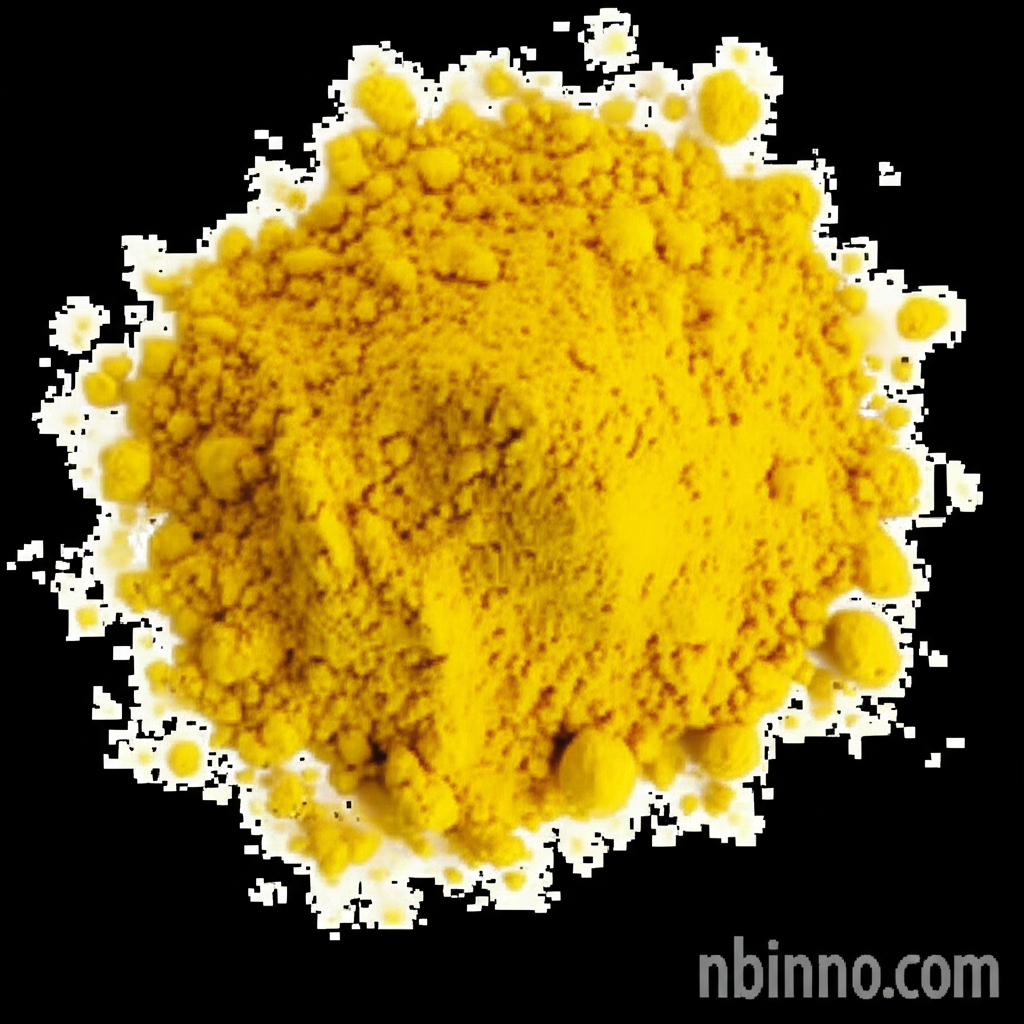Unlocking the Potential of Acid Yellow 99: A Comprehensive Guide for Electronic Chemicals and Beyond
Discover the versatile applications and chemical properties of Acid Yellow 99, a key component in various industrial processes.
Get a Quote & SampleProduct Core Value

Acid Yellow 99
Acid Yellow 99 is a highly versatile anionic dye, recognized for its crucial role in adsorption studies and its utility across various textile applications. Its distinct chemical properties make it a valuable component in the electronic chemicals sector, particularly within the development of advanced photoresist formulations. Understanding the nuances of acid yellow 99 adsorption studies is key to optimizing its performance in research and industrial settings.
- Explore the detailed chemical structure and properties of Acid Yellow 99 (CAS 10343-58-5) to leverage its full potential in your research.
- Investigate the applications of acid yellow 99 in textile applications, understanding its dye characteristics and effectiveness.
- Learn how acid yellow 99 is integrated into electronic chemicals, specifically its function in photoresist technologies for semiconductor manufacturing.
- Understand the safety and regulatory aspects surrounding the use of Acid Yellow 99, ensuring compliance and responsible handling.
Advantages of Using Acid Yellow 99
Versatile Application Range
Acid Yellow 99 serves a dual purpose, proving effective in both specialized adsorption studies and traditional textile applications, showcasing its broad utility.
Key in Photoresist Technology
Its inclusion in electronic chemicals, particularly for acid yellow 99 photoresist formulations, highlights its importance in advanced manufacturing processes.
Chemical Purity and Consistency
Sourced with high purity standards, ensuring reliable and reproducible results for critical applications like adsorption studies.
Key Applications
Adsorption Studies
Investigate the complex mechanisms of adsorption using Acid Yellow 99, a compound well-suited for detailed research into material interactions and surface phenomena.
Textile Industry
Leverage Acid Yellow 99 for dyeing textiles, benefiting from its anionic properties for vibrant and durable coloration.
Electronic Chemicals Sector
Integrate Acid Yellow 99 into photoresist formulations, contributing to the precision required in semiconductor fabrication and microelectronics.
Material Science Research
Utilize Acid Yellow 99 as a model compound in material science experiments, understanding dye behavior and chemical interactions.
Related Technical Articles & Resources
Why Choose Us?
Leverage our expertise and state-of-the-art infrastructure to accelerate your journey from discovery to commercial success.
Global Experience
With 20 years of R&D, manufacturing, and sales experience, we proudly serve clients across 60 countries and regions worldwide.
Advanced Facilities
Our in-house R&D laboratory, pilot platform, and large-scale production workshop are equipped to meet the audit requirements of global customers.
Seamless Scalability
We facilitate a perfect transition from small-scale lab requirements (grams) to full commercialization (hundreds of tons).
